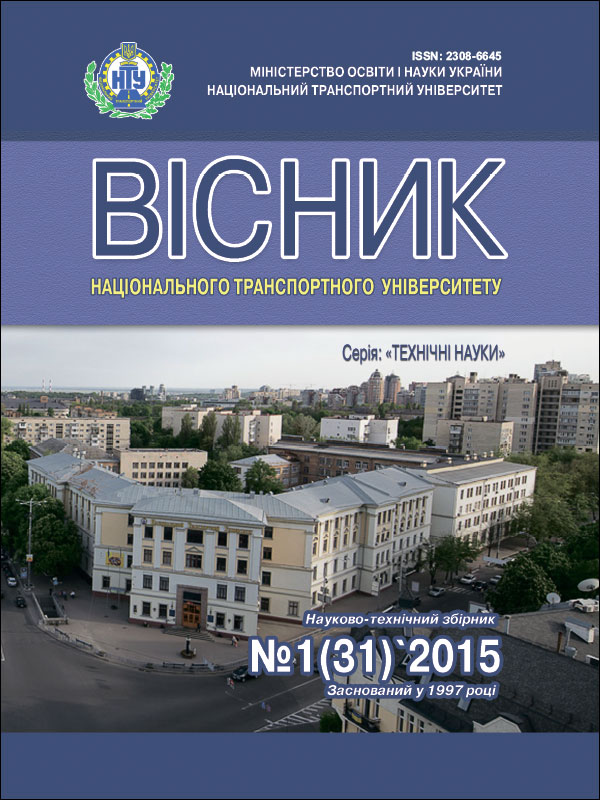ON THE THEORY OF THE PROCESS OF BORONATION OF IRON-CARBON ALLOYS IN A MAGNETIC FIELD
ABSTRACT
Duleba A.D., Melnyk O.V. On the theory of the process of boronation of iron-carbon alloys in a magnetic field. Visnyk National Transport University. Series «Technical sciences». Scientific and Technical Collection. - Kyiv: National Transport University, 2020. - Issue 1 (46).
The article offers an analysis of the results of the processes of formation of iron borides from the point of view of quantum theory.
The object of study is the phase composition, physicomechanical and electrophysical properties of boride, borosilicidal and aluminum-boride coatings on iron and steel.
The research method is x-ray and metallographic analysis.
Based on the analysis of the results of the formation of iron borides on boron diffusion from the point of view of quantum theory, it was found that a significant increase in the physicomechanical properties of partially microhardness and wear resistance occurs by establishing stable electronic configurations of chemical compounds. So, when creating FeB compounds, boron atoms (2s22p1) form sp3 configurations due to electrons of iron atoms (3d64s2), which have the donor property to form stable d5 configurations. Experimental studies of the properties of chemical compounds that form during diffusion saturation confirm a correlation with their electronic structure, and iron atoms tend to form a strong covalent bond with boron atoms.
KEY WORDS: BORING, BOROSILICATION, ATOMS, ENERGY LEVELS, QUANTUM NUMBERS, ELECTRON CONFIGURATION.
REFERENCES
- 24531 (А), Ukraine. (1998) A method of restoring precision parts by boring / Kanarchuk V.Ye., Barylovych L.P., Tkachuk V.M. Bul. № 2 [in Ukraine]
- Liakishev N.P. (1986) Boron-containing steels and alloys. M .: Metalurhia, 192 [in Russian]
- Sybata K. (2000) The behavior of boron in steel and its effect on the structure and properties // Japan Iron and Steel Institute [in Russian]
- Kutakov A.V. (2000) The effect of boron microadditives on the mechanical and technological properties of wire rod [Steel]. № 1. 12-13. [in Russian]
- Modelunh O. (1980) Solid state theory. M .: Nauka, 418 [in Russian]
AUTHOR
Duleba Andrei D., associate professor, National Transport University, associate professor department of Manufacturing repair and materialoved, e-mail: a.d.duleba@gmail.com, tel. (044)2809805, Ukraine, 01010, Kyiv, M. Omelyanovich Pavlenko str. 1, of. 104a, orcid.org / 0000-0001-6333-1737
Melnyk Olga V., National Transport University, senior lecturer, department of Manufacturing repair and materialoved, e-mail: epitaksiya.78@gmail.com, tel. (044)2809805, Ukraine, 01010, Kyiv, M. Omelyanovich Pavlenko str. 1, of. 102, orcid.org/0000-0003-2082-6603
REVIEWER
Gutarevich Y.F. Ph.D., Engineering (Dr.), National Transport University, professor department of motors and heating, Kyiv, Ukraine.
Tamargazin O.A., Ph.D., Engineering (Dr.), National Aviation University, professor department ecology and safety of vital functions, Kyiv, Ukraine.
Article language: Ukrainian
Open Access: http://publications.ntu.edu.ua/visnyk/46/113.pdf
Print date: 15.04.2020
Online publication date: 27.10.2020
